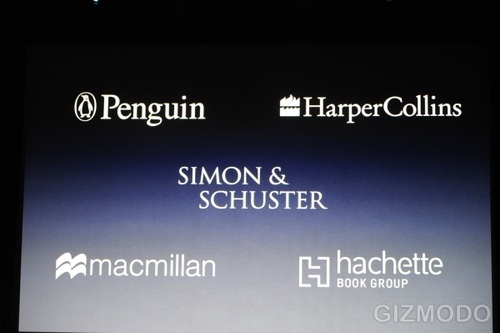It’s time for us to chat about something a bit more serious—and infuriating—about the state of the book biz these days.
Well, well. Isn’t that nice? Publishing seems to have finally caught up with most other commercial businesses in knowing their customer!!!
A few years ago, I had a savvy entrepreneurial author ask me if the publisher I worked for planned to test her title or cover through focus groups. I laughed, even though I thought it was a great idea. The truth is that all the important decisions made on any book—covers, titles, subtitles, even what gets acquired—are made by publishers, editors, publicists, and marketing managers. These people may not have read the manuscript in question, may not read the genre or category, and may not even have set foot in a bookstore for the past six months. Frankly, I feel that most of my colleagues in publishing have no idea what the average reader is looking to read or how they browse a bookstore.
There are many problems ahead for legacy publishing (Amazon, fewer bookstores to sell more books at, the availability of self-publishing options, e-book pricing) but for me, the elephant in the room is not knowing who our customers—readers—are, and what they are willing to spend $27, $15, $9.99, or $1.49 on.
Consider this: do a ny of the Big Five publishers (Simon & Schuster, Random House, Harper Collins, Hachette or Penguin) really know who their customers are? No. Should they? Yes.
ny of the Big Five publishers (Simon & Schuster, Random House, Harper Collins, Hachette or Penguin) really know who their customers are? No. Should they? Yes.
 ny of the Big Five publishers (Simon & Schuster, Random House, Harper Collins, Hachette or Penguin) really know who their customers are? No. Should they? Yes.
ny of the Big Five publishers (Simon & Schuster, Random House, Harper Collins, Hachette or Penguin) really know who their customers are? No. Should they? Yes.
The best example of how this works successfully is in retail—Bloomingdales’ staff knows the general profile of their customer (suburban/urban, affluent, elegant) as does Wal-Mart (suburban/rural, price conscious, conservative). But smart suppliers know their customer too, even in creative industries. Donna Karan knows who buys DKNY and who buys her couture; why can’t publishers know exactly who we are publishing books for?
Some of the problem lies in publishing folk having the wrong idea about who buys our product. We like to pretend that everyone reads as voraciously as we do and that each individual believes that books are as necessary to life as air, but neither is true. We should be able to target specific audiences, from the lady who is in four book clubs (our most devoted and regular customer base) to the college kid who buys the huge bestseller only after it’s made into a movie (the occasional customer). We need to know why people buy our books in order to give them what they want.
Thanks to technology (which “Julie,” apparently, is scared of), we can easily and cheaply find out. Once again, retail shows us the way. We could work with different sales channels to reward repeat customers. Buy three Vintage books, get one free by redeeming it through Random House’s website, no matter where you buy the other three titles. Continue to offer $1.99 e-book specials each month, but require that readers sign up for the HarperCollins email newsletter (which not only promotes future titles, but also registers a customer’s preferences upon subscription). Imprints at S&S and Penguin could offer a free book if customers take a survey about their reading habits on Twitter. Publishers could even require retailers to tell us what they know about customers (gasp!). All of these techniques could help publishers sell more books, from being able to make better acquisition decisions to improving publicity and marketing campaigns. Retail figured this out long ago: knowing your customer is the key to getting and keeping that customer—and essentially to making more money.
Publishing people rely on each other as “taste-makers,” to intuit the audience for a book—guesstimating at its best. However, most people at the Big Five rarely act like everyday readers: They don’t read their favorite authors anymore (because they’re too busy reading for work); they browse bookstores looking for specific books instead of seeing what catches their attention; and worst of all, when they talk about a popular book, they discuss publishing strategies rather than its plot, characters, or why they enjoyed it (or not).
Hello, publishing people? If we want to save this industry, we need to become readers again. Maybe all you Booklanders can even help publishing folk get back to the true reason we’re all in this business.
Let’s encourage each other to read one book a month that’s not for  work, simply something you would have picked up on your own before you read constantly for your job.
work, simply something you would have picked up on your own before you read constantly for your job.
 work, simply something you would have picked up on your own before you read constantly for your job.
work, simply something you would have picked up on your own before you read constantly for your job.
Let’s encourage the savvy publishers we work for to use a simple technique that has been successful for so many other businesses: Know your customer and produce product that they love.
If we get to know “Julie” and successfully entertain her, then we will continue to thrive and be relevant. But if we maintain a distance between ourselves and our readers, we are likely to not only fail “Julie” but the readers we all are too.


No comments:
Post a Comment